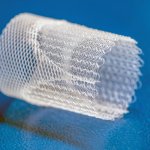
News • Novel manufacturing technique
3D printed heart valves to support tissue growth
Researchers have developed 3D printed artificial heart valves designed to allow a patient’s own cells to form new tissue.

Researchers have developed 3D printed artificial heart valves designed to allow a patient’s own cells to form new tissue.
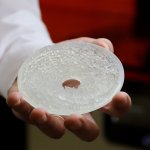
A research team in Spain and the US has created 3D-printed acoustic holograms to improve the treatment of diseases like Alzheimer's and Parkinson's, among others.
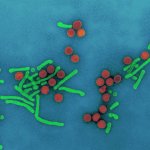
Scientists from France and Belgium gained insights into the structure and function of a central liver protein: NTCP, a cellular-entry pathway for bile salts – but also for certain hepatitis viruses.
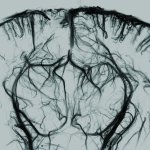
Two successive studies highlight advances in non-invasive 3D ultrasound imaging, making it possible to observe blood flow in real time in the heart and the brain.
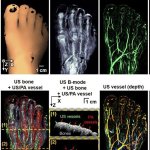
Recently, a Korean research team has developed a 3D foot imaging technique that vividly captures peripheral blood vessels, even thinner than 1 mm. It combines photoacoustic and ultrasound images.
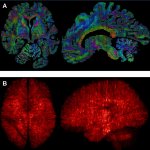
A team led by scientists from Amsterdam have combined MRI and microscopy to produce 3D images of two entire brains with a previously unmatched level of detail.
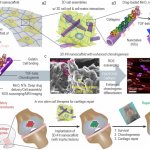
Researchers have established an injectable hybrid inorganic nanoscaffold-templated stem cell assembly and applied it to the regeneration of critically-sized cartilage defects.

The motion capture technology called Precise Marker-less could aid doctors and physiotherapists in their consultations and diagnoses for patients in need of rehabilitation.
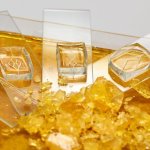
3D-printed sugar models of dense and chaotic blood vessel networks near tumors could help future cancer treatments.

In a pair of world firsts, scientists have 3D printed human testicular cells and identified promising early signs of sperm-producing capabilities.

Scientists at the Spanish Center for Cardiovascular Research (CNIC) have led the development of a new 3D ultrasound method that improves the assessment of cardiovascular risk in healthy individuals.

Researchers have developed a new type of lightweight 3D-printed back brace capable of sensing how effectively it fits patients. Its developers say it could lead to improved treatment for scoliosis.
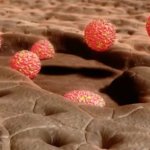
Researchers from Tokyo Medical and Dental University (TMDU) develop a protocol to transplant 3D cellular structures that could regenerate damaged intestine.
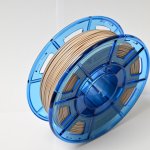
Evonik offers a comprehensive portfolio of 3D printable med-tech biomaterials that can be used to produce medical devices with temporary or permanent body contact. Marc Knebel, head of Medical Systems at Evonik, explains the benefits and applications of the new high-performance polymer VESTAKEEP Care M40 3DF.
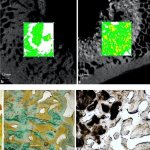
Loosening hip implants can cause major damage to the bone and a simple replacement won’t suffice to carry the load during movements. “To solve this problem we have to turn to innovative technologies such as bioprinting. Scaffolds are required that – while adapting slowly – offer long-term stability,” says Professor Dr Dieter Wirtz, Director of the Department of Orthopaedics and Trauma…
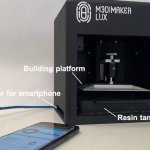
The light from a smartphone screen can be used to print medications, in a new 3D printing technique developed by UCL researchers.
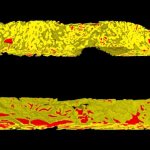
A team led by the University of Washington has developed a new, non-destructive method that images entire 3D biopsies instead of a slice. The 3D images provided more information than a 2D image — specifically, details about the tree-like structure of the glands throughout the tissue.
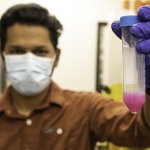
Researchers at the University of Rochester, and Delft University of Technology in the Netherlands recently developed a 3D printing technique to engineer and study biofilms—three-dimensional communities of microorganisms, such as bacteria, that adhere to surfaces. The research provides important information for creating synthetic materials and in developing drugs to fight the negative effects of…
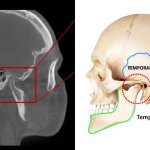
Researchers at the Skolkovo Institute of Science and Technology (Skoltech) led by Professor Dylov and their colleagues from First Pavlov State Medical University of St. Petersburg, Russia, have developed a brand-new approach to the task of 3D image segmentation — figuring out the contours of the constituent parts in a complex structure. While their so-called negative volume segmentation…

A multidisciplinary team of scientists based at the Universidad de Valladolid and the Centro Nacional de Investigaciones Cardiovasculares (CNIC) has developed a highly efficient method for identifying the 3-dimensional features of the scar tissue formed after a myocardial infarction. The study was carried out in partnership with scientists and clinicians at Hospital Clínico San Carlos, Hospital…

Researchers at Umeå University now demonstrate a method by which specific cell types in human organs can be studied with micrometer precision. The method can be used to reveal previously unrecognised alterations in the pancreas, but it can also be used to study other human organs and diseases.

Colourful, 3D rendered scientific images are fascinating - but can they deceive viewers? New research from Spain suggests this might be the case. According to the study by the Instituto de Radio Televisión Española and the Universitat Autònoma de Barcelona conducted during the Covid-19 lockdown, black and white images of SARS-CoV-2 make the virus seem more infectious. The results, published on…
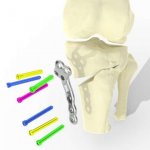
3D metal printing technology is producing personalised medical-grade titanium-alloy plates that perfectly fit individuals suffering arthritis of the knee. Engineers at the University of Bath’s Centre for Therapeutic Innovation (CTI) working with 3D Metal Printing Ltd, are using the TOKA (Tailored Osteotomy for Knee Alignment) treatment to improve the surgical procedure and fit of high-tibial…
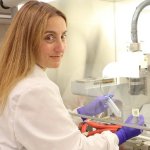
Researchers at Tel Aviv University have 3D-printed a first-of-its-kind glioblastoma tumor that mimics a living cancer malignancy, powering new methods to improve treatment and accelerate the development of new drugs for the most lethal type of brain cancer. Glioblastoma is notoriously fatal as it accounts for the majority of brain tumors and is highly aggressive. The average survival time of…
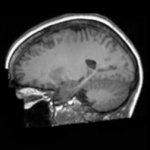
Scientists are using artificial intelligence (AI) and the Cambridge-1 supercomputer to synthesise artificial 3-D MRI images of human brains and create models that show disease states across various ages and genders. The Synthetic Brain Project is focused on building deep learning models which have been developed by King’s College London (KCL) and NVIDIA data scientists and engineers as part of…